The mighty peaks, mountains, hills and valleys of the Himalayas are the adobe of many revered temples and scared destinations, where million of devotees travel every year to seek the blessings of the gods and the goddesses. That is why it is known as Devbhoomi. (Read, A Day in the Little Lhasa: McLeodganj). One part of this Devbhoomi lies in the beautiful valley of Kangra, where the concentration of these revered temples are much more. Kangra Valley, having many devi temples and highly revered Baijnath Temple, is a very sacred destination for the Hindu devotees . Some of the most visited temples of Kangra valley are:
1. Mata Bajreshwari Devi Temple: The temple of Bajreshwari or Vagreshwari Devi is the most famous temple of the Kangra Valley. Also famous as Kangra Devi Temple, it is situated in the heart of Kangra city. It is said to have been founded by the divinity of that name at a famous Ashwamedh or horse-sacrifice, which was held on the spot.
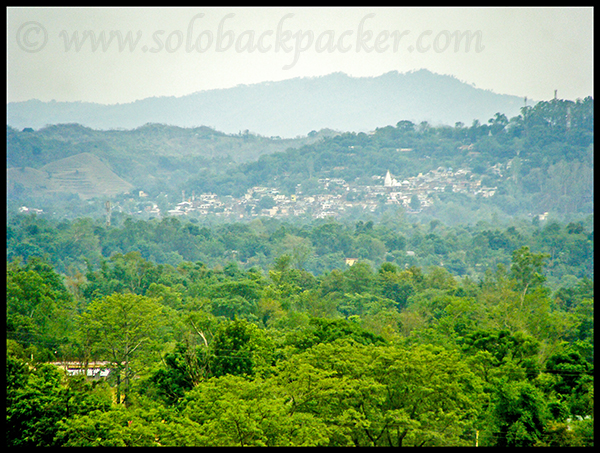
The famous Mehmood of Ghazni is said to have invaded the valley and destroyed the temple, building a mosque on its ruins. It was, however, restored and is said to have been visited by Akbar together with his celebrated Diwan Todar Mal. There are some temples in the vicinity which, are, said to have owed their origin to Todar Mal. Finally, Maharaja Ranjit Singh visited and under his orders the domes of the temples here and at Jawalamukhi were revived. Subsequently devotees from Amritsar subscribed together and presented the temple with marble floor.” Through the main temple was ravaged by foreign invader and flattened by the 1905 earthquake, it has since been restored to its pristine glory.
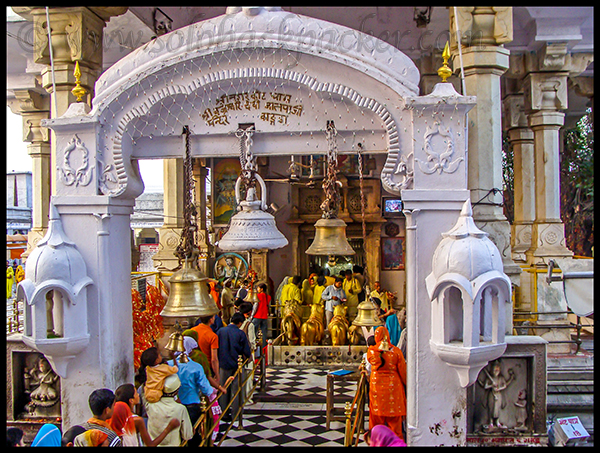
How to Reach? It is in the centre of Kangra City. The distance from the Kangra Bus Stand is approx 1.5 kms, while it is approx 4 kms away from the Kangra Mandir railway station on Pathankot-Joginder Nagar Mountain Railways Line. The auto rickshaws are easily available all around the city for short distance travel. From the auto stand, it is approx 300 meters walk to the temple.
At Kangra, one can also visit the historical Kangra Fort, the `Gupta Ganga Kshetra’ and also trek up to Jyanti Devi temple situated on a hillock to the West of Kangra.
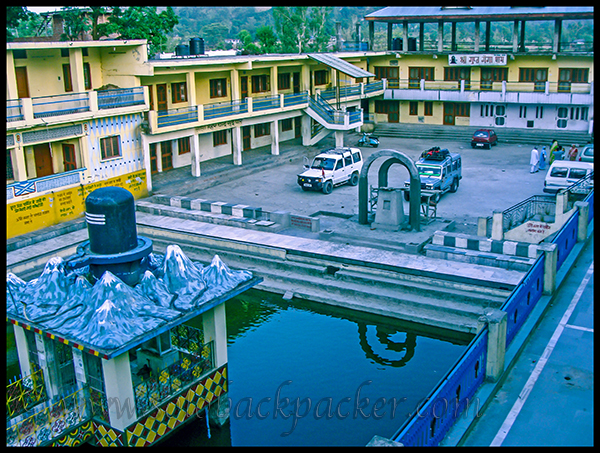
2. Mata Jwala Devi Temple: Jwala Devi is one of the major ‘Shakti Peethas’ of India. This temple is dedicated to Jwala Devi, who is the presiding in the form of flames. Due to this fact, the goddess is also referred as the ‘Flaming Goddess’.
Positioned besides a cliff, Jwalamukhi Mandir is built on a wooden platform in the Indo-Sikh style of architecture. The structural design of the temple is simple, but the religious aura makes it undoubtedly divine. The dome and spire of this temple are covered with Gold.
In the early times, people tried to explore the fact behind these burning flames, but nothing substantial was made out. These flames are burning due to some natural jets of combustible gas.This temple has nine ceaseless flames that are named after nine goddess as Mahakali, Annapurna, Chandi, Hinglaj, Vindhya Vasini, Mahalakshmi, Saraswati, Ambika and Anji Devi respectively. (Read More: Some Beautiful Places in The Spectacular Kangra Valley)
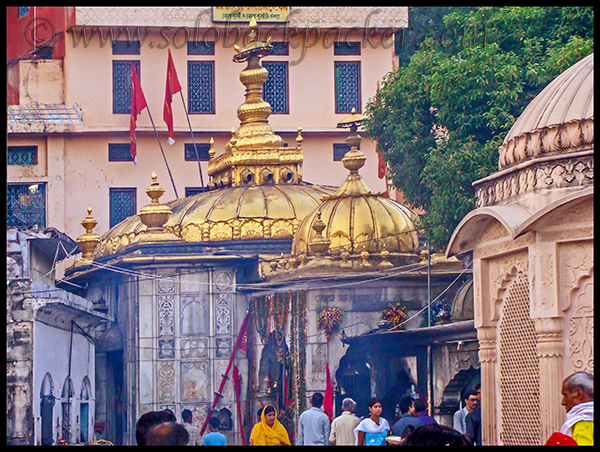
Legend: It is said that when, Sati, the consort of Lord Shiva, killed herself by jumping in the sacrificial fire when her father Daksha Prajapati insulted her husband. An enraged Shiva started roaming the entire universe with the body of Sati in his arms. His movement created havoc and imbalance in the Universe. To calm down the anger of Shiva, Lord Vishnu dismembered the dead body of Sati, and various parts of the body felt at 51 different places in India (Some of them are in neighbouring countries now), which later became sacred places named as Shakti Peeths. It is believed that Sati’s tongue had fallen at the very place where Jwalaji Temple is now situated. The tongue of Sati is represented by Jwala (Holy Flame) that is perpetually burning.
In the temple complex, there are several small shrines including Gorakh Dibbi and Chaturbhuj Temple. There is also some stories related to Baba Gorakhnath and Emperor Akbar:
Legend About Guru Gorakhnath: It is said that Guru Gorakhnath once visited Jwalamukhi. The Jwalamukhi Devi requested Guru Gorakhnath to receive her hospitality. Gorakhnath refused to have food even if cooked and served by the Devi as people visiting her were not all strict about their food. On the Devi’s repeated request Gorakhnath agreed to cook khichiri (rice and dal mixed and boiled with some condiments and served with ghee) at her place but said he would go round begging for alms as usual and on return would cook khichiri himself. He asked the Devi to keep water boiling so that he could straightaway cook without wasting time.
The Jwalamukhi Devi agreed and kept the hot water boiling but Guru Gorakhnath has not yet returned. The Devi waited and waited and then sent her disciple Naga Arjan to trace the Guru. Naga Arjan failed and started meditating on the top of the Jwalamukhi range. He has not returned also. The Devi then deputed another disciple Bhim to find out the whereabouts of Gorakhnath and to bring him back. Bhim traced Gorakhnath at the confluence of the Rohini and Tapti rivers. This place has come to be known as Gorakhpur. The Guru had a begging bowl, which would never get filled up though maunds of rice and dal (lintels) might be put into it. Similarly he cooked khichiri with five seers of rice and dal and the food would never be exhausted though thousands ate.
Legend about Akbar: During the ruling period of Akbar, he learned about the legends of Jwalamukhi. In a fit of anger, he tried to douse the flames with a stream of water. The great power of the Goddess, still kept the flames burning. Realizing the power of Jwala Devi, Akbar came with his army to this temple. He brought a Gold umbrella (Chatra) for the Goddess, but on offering, the umbrella turned into an unknown metal suggesting that the Goddess didn’t accept his offering.
How to Reach? Jwala Devi Temple is located at a distance of 34 kms in south of Kangra on the main Pathankot-Mandi Highway. A lot of public buses pass daily in front of the temple. The temple entrance is just near the bus stand and main temple is approx 300 meters away.
If anybody want to go there by train, he can catch the Joginder Nagar-Pathankot narrow gauge train. The Jwalamukhi Road Station is approx. 20 kms away from the temple. There are plenty of cabs available outside the station. Alternatively, you can walk upto the main road to catch a bus going towards the Jwala Devi Temple.
3. Mata Chamunda Devi Temple: Overlooking the mighty Dhauldhar ranges, the Chamunda Devi Temple is situated on the bank of river Ban Ganga, at 1000m above sea-level. Approx 700 years old ancient temple, also known as Chamunda Nandikeshwar Dham, is an abode of Shiva- the destroyer God and Shakti- the goddess of power since the saga of Puranas.
The images of Lord Hanuman and Bhainro are installed on either side of the goddess. The idol in the temple is considered so sacred that it is completely hidden beneath a red cloth. Scenes from the Devi Mahatmya, Ramayana and Mahabharata can also be seen in the temple.
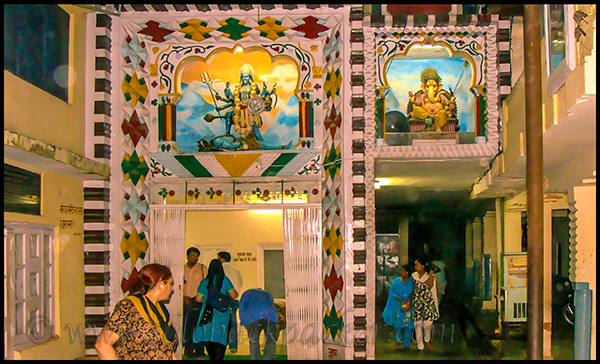
There also is a beautiful artificial lake near the temple which is full of fresh water from Baner River flowing nearby. Artificial sculptures of Goddess Saraswati, lions and swans in the lake add further to its beauty The interiors of the sanctorum of the deity have been beautified with carved silver sheets. There is also cave-like scoop located at the back of the temple, representing the stone lingam ( embodiment of Shiva).
Legend Behind The Temple: The legend related to the temple says that there occurred a fierce battle between the gods and demons in the “Savarni Manvantra.” During the course of this battle, Chamunda who is believed to have emerged from an eyebrow of Goddess “Kaushiki”; was entrusted with the tedious task of eliminating the demons “Chand” and “Mund”. After a fierce battle, the goddess at last killed them. Taking the slain heads of both, she went to Goddess “Kaushiki.” The pleased Goddess blessed Chandika and bestowed the title of Chamunda upon her.
The temple complex also has a handicrafts centre containing items of the wood carvings, wooden toys, black pottery, honey, Kangra tea and world famous Kangra Paintings.
How to Reach? The temple was approx 18 kms away from Kangra. A direct road link also available from Dharamshala (approx 18 kms away). A lot of buses operate from Kangra and Dharamshala to the temple and take approx one hour to reach the temple.
4. Mata Kunal Pathari Temple: I heard about this temple only while staying in the Kangra Valley for few days. My earlier two visits were limited to Dharamshala, McLeodganj and Kangra Devi Temple. One day, I started walking towards the Sarah Village from the bus stand in Dharamshala (Read, Dharamshala: Serenity in The Lap of Dhauladhar Mountains ). Nearly two and half kms of almost level walk passed through the urban settlement of Dharamshala and after that stretch I found myself in the lap of nature.The place was surrounded by dense tea gardens and appeared like a perfect place for the long walks in the middle of the natural beauty. While enjoying the beauty of the tea gardens, I luckily came across a popular goddess temple in the valley. Kunal Pathari Mata is very popular among the local people, but very few tourists visit this temple.
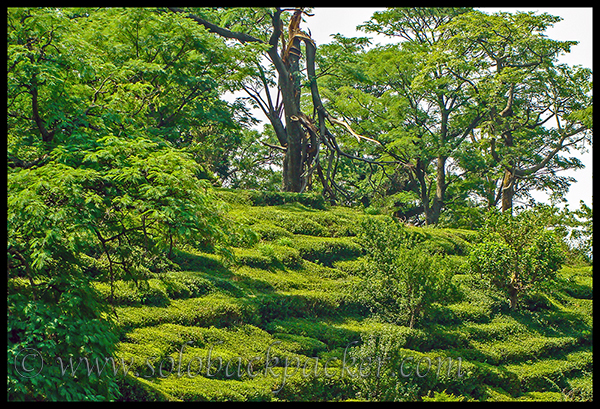
The temple is dedicated to goddess Kapaleshwari. In the temple, there is a stone which always remains wet. According to local belief, the moment it starts drying, it rains.
Legend: It is believed that the skull of Devi Sati, wife to Lord Shiva, had fallen here in the Kunal Pathri temple spot, after Sati’s corpse was cut off into 51 pieces by the Sudarshan Chakra of Lord Vishnu, to cease the dance (Tandava Nritya of Shiva) shouldering the lifeless body of Sati. Due to this, this place is known as Kunal Pathri.
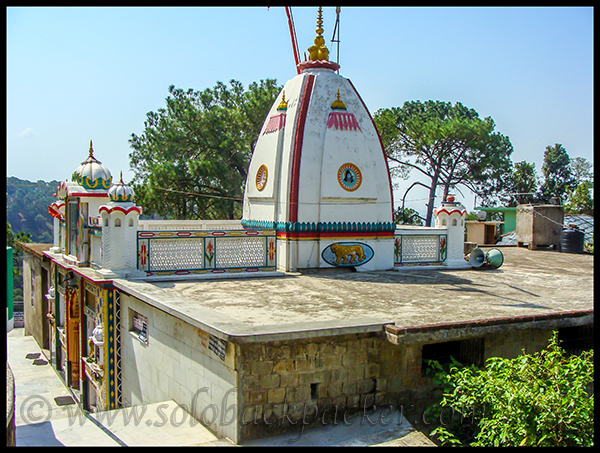
How to Reach? The temple is situated in a small village and offer a good view of Dhauladhar Range and low lying farming fields. This temple is approx 4 kms away from the bus stand of Dharamshala. Public buses and jeeps ply on this toad, but frequency is very less. The best way to visit this temple is either on foot or by hitch-hiking.
5. Baijnath Temple: This temple is dedicated to Lord Shiva.He is worshipped here as Vaidyanath or the Lord of Physician. The temple has lent its name to town as well which earlier was known as Kiragrama. The history of the temple is stated on stone slabs. According to it, the temple foundation was laid down by two local merchants in the 9th century. The date of inscription is itself given in two eras – Saptarshi and Saka. The Saka year 1126, which corresponds to 1204 AD, is considered more authentic. Renovation work in the temple was carried out by Raja Sansar Chand in the 19th century.
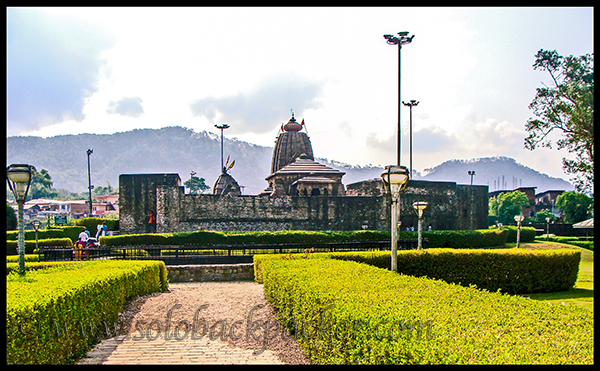
The temple is constructed in the Shikhara style and is located within a well maintained complex of gardens, lawns and pathways in a single walled courtyard. The outside of the temple is beautiful with some exquisitely carved floral pattern and images of deities.
The adytum or the sanctum is 8 feet square inside and 18 feet outside. A conical shaped spire crowns it. The adytum is entered through a small anteroom and contains a linga called Vaidyanath. There is a 20 sq feet mandapa or front hall, the roof of which is held by four huge pillars. The pillars are joined by elevated benches which together form a passage leading upto the entrance of the sanctum. The architraves of these pillars segregate the ceiling into nine compartments. Right in front of the mandapa is a stately porch which is supported by four columns. The water and milk which is poured at Shiva Lingam come out from the temple through a narrow water channel. While circling the temple, you are not supposed to cross this channel, known as Shiva Ganga Jal.
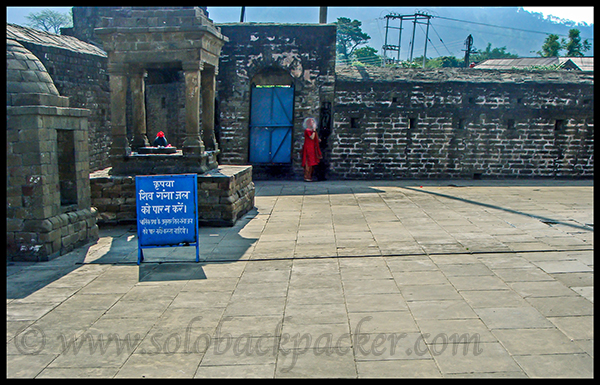
Though a major portion inside the courtyard of the temple is occupied by the main structure, still there are two other noteworthy shrines as well. Moreover, there are two pretty attractive statue of Nandi Bull (vehicle of Lord Shiva) too. Apart from the fact that the the two statues are nicely carved, what makes them unique is a rather peculiar feature – a small human figure is depicted holding Nandi’s tail.
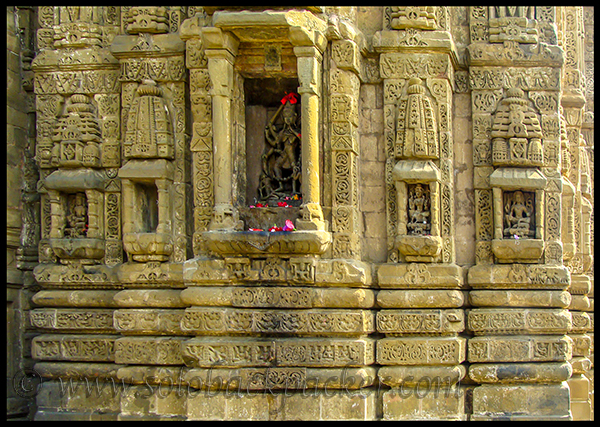
Legend: It is believed that the King of Lanka, Ravana had worshipped Lord Shiva in the main Baijnath Temple. He sacrificed his head ten times at a place marked out in the temple. And because of this, the people here do not consider it right to celebrate Dussehra which remembers the day when Lord Rama killed Ravana. The people here think that celebrating Dussehra can offend Lord Shiva a lot. In past too, whenever any attempt has been made to celebrate the festival, the organiser died within years. Though the fact is that the deaths were in no way related to the celebration of Dussehra, the people here linked the two. Plans are again on to start the celebration of Dussehra in a nearby stadium.
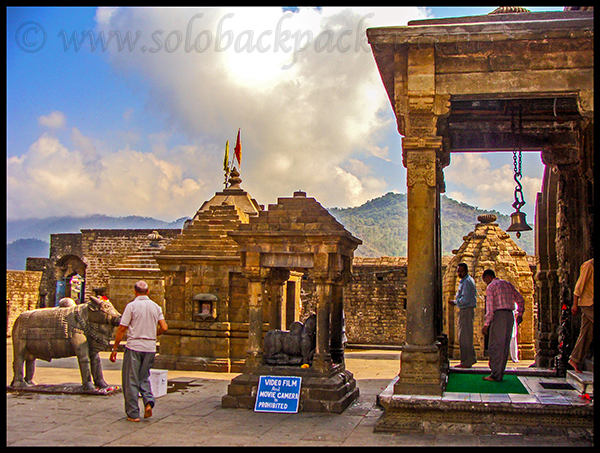
Story Related to Pandavas: There is a cave deep below adjacent to the temple complex along-with the river, which is said to belong to Mahabharata Era. According to legend, Pandavas came out via this one in his escape from the burning Lakshagriha.
How to Reach? The Baijnath Temple lies on the Pathankot-Chakki-Manali National Highway No. 20, half way between Kangra and Mandi. Gaggal Airport is 50 kms away from Baijnath and Palampur is 16 kms away. Frequent buses are available for Baijnath from Kangra (52 kms) and Dharamshala (52 kms) bus stands.
6. Siddhanath Temple: There is another temple of Lord Shiva, a small one, just at the entry point of Baijnath Town on the main road, known as Siddhanath Temple. In interior and exterior, this temple is similar to the main Vaidyanath Temple. A stone Shiva-Linga is enshrined in the sanctum with other loose sculptures.
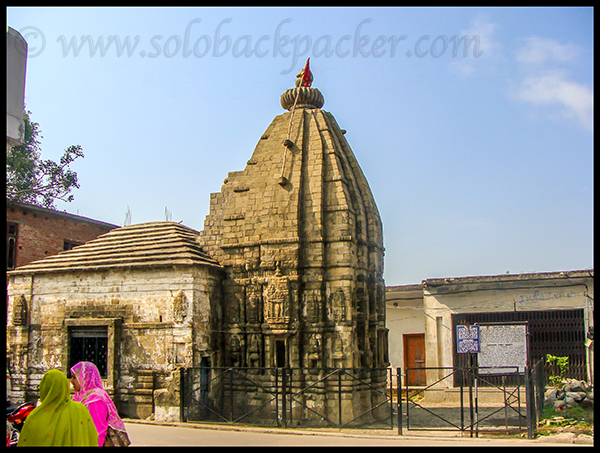
Another important temple of the Kangra Valley is Mata Chintapurni Devi Temple. But, unfortunately, after many visits to the valley and even after staying there for 20 days, I am still away from the blessings of Mata Chintapurni. I hope to visit this temple on my next visit to Kangra Valley.


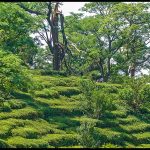
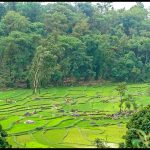
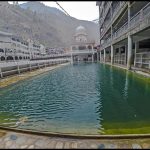
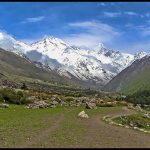
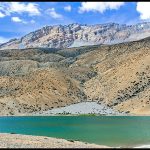
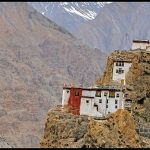
Sir, You wrote firstly about Kangra Devi temple. that is nice to know how to reach there. But i want to ask that is bus comfortable or train from new delhi. after here coming in kangra devi temple is any hotel nearest. Kinbdly suggest me possibly soon
Volvo buses are very comfortable. Road conditions are good also. There are lot of hotels available in the vicinity of the temple. 🙂
Thanks, I want to know that how to reach from kangra to manikaran
Very nice informations are here. Thanks
U have brought HP live it seems by reading your findings and view.Ur site will definitely help tourist to visit HP. We are also eager to visit Sangla velly.If u knew about that It will help us to reach there
Very informative and awesome page.
Thank you Avinash, thank you so much. I have made a vow to visit 12 Jyothirlingas and 18 Shakthi Peethas and also as many as of the total 51Shakti Peethas. I am almost half way through and hope to complete my yatras soon. Thanks once again for the beautiful pictures also.
wow this is something amazing, rocking superb i loved it so much as well as my godess sheronwaliye.
great page mate